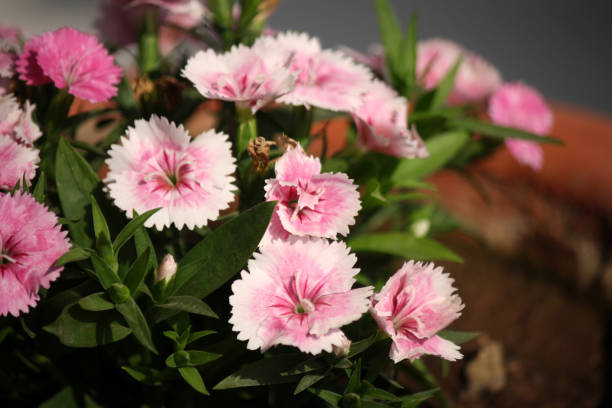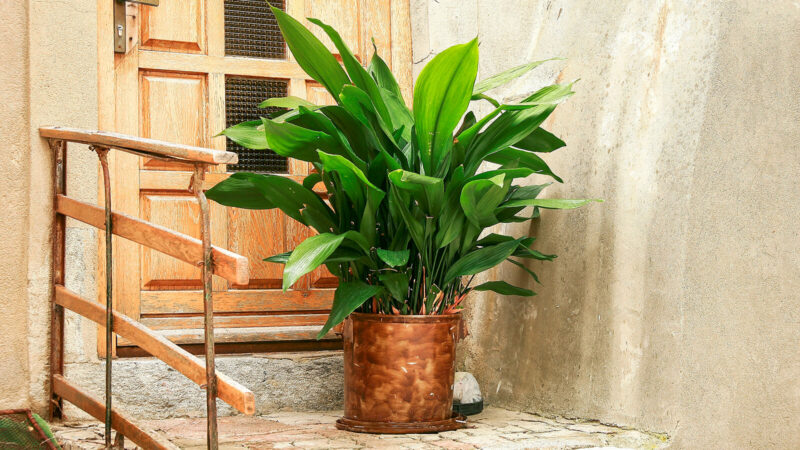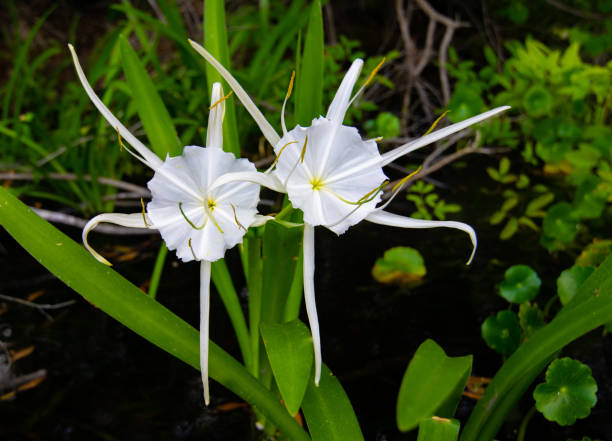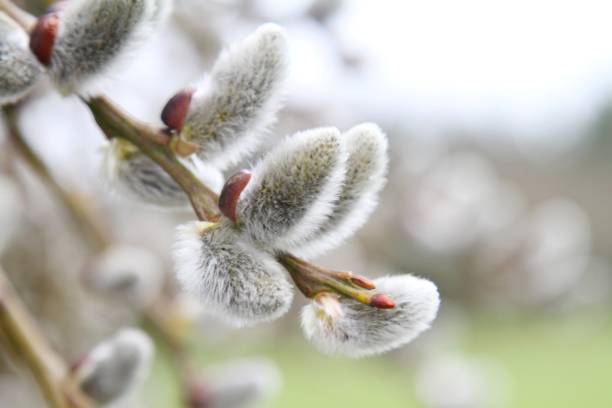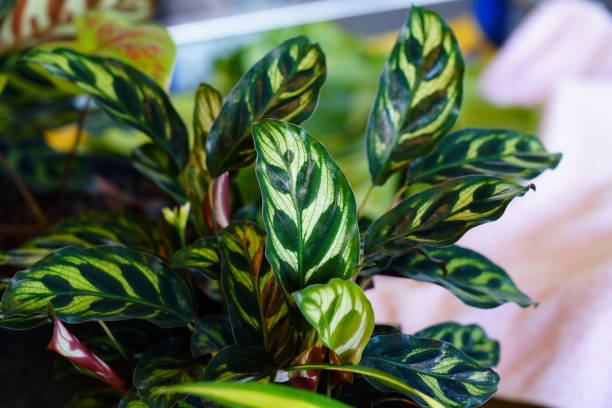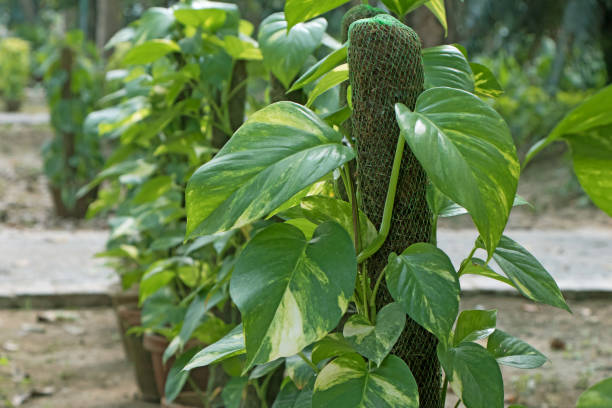Is Green Roof System Really Good?
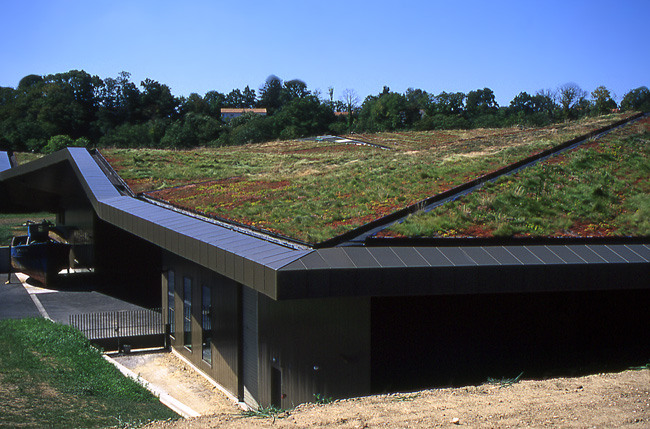
Have you heard about the Green Roof System? Do you know what it is? If no, you will get answers to all your questions related to a green roof house in this article.
What Is a Green Roof?
Also known as a living roof is a roofing system in which the house roof is covered by growing vegetation over waterproofing membranes. Green roof houses may also include additions like drainage, root barrier, and irrigation systems.
DIFFERENT TYPES OF GREEN SYSTEM
There are two main types of living roof system: Intensive and Extensive.
These roof systems are differentiated based on the amount of vegetation they can hold and the amount of labor required to maintain these.
Extensive Green roof System
An extensive living roof can hold upto 25 pounds of vegetation per square foot. These roofing options have shallow build-up height and are lightweight. Some best-suited flora options are herbs, sedum spices, and grasses. Extensive roof systems help to cope with wind, drought, sun, and other natural conditions. The maintenance is low, with only one to two inspections in a year.
Intensive Green Roof Systems
This green roof is accessible and multifunctional and can be closely compared to a garden roof. It requires more weight and a deep build-up system. It requires regular maintenance and can vary depending on the landscape design and plant material. You can grow perennials, trees, shrubs, and lawns depending on the substrate depth. Intensive green roofs can also include pergolas, ponds, driveways, and walkways.
Both these roofing options have a layering system that establishes a base for planters using mats, soils, and various materials to retain the nutrients and force out the waste by-products.
With the help of recent studies and advancements, a new green roofing system has been identified as comprehensive roofing. This format supports a wide variety of flora, which can be commonly found in intensive roofing systems, which allows the plantation of more vegetation.
GREEN ROOF BENEFITS
There are various types of Green roof benefits that will motivate you to install a green roof house to better your home and community.
Improve the drainage system
Sustainable drainage is a very important component of the building, which helps in counter flooding during excess rainfall. A network of pipes is also connected to the sewage, which helps in controlling water. With the increase in urban development, more than 75% of water is running into urban areas.
Global warming has similarly heightened the risk of flooding throughout the UK. To prevent this, green roof houses were adopted. Water is stored in these substrates and plants before they are released into the environment naturally.
Increase the lifespan of the roof
A house roof is always under the attack of harsh climatic conditions and elements. Not only do the roofs have to deal with rain and wind, but fluctuating temperatures and UV rays as well. This makes it important to consider alternative roofing options.
With a green roof house, you can extend the rooftop’s shelf life by at least three times. This greenery acts as a barrier to protect the waterproof membrane present underneath to ensure that the roof lasts long for decades.
Boosting thermal performance
Green roof benefits are immense in terms of thermal performance, and it can make a staggering difference. One biggest problem faced by a typical rooftop is poor insulation, which leads to loss of heat in winters and rising temperature during the summers.
But with the help of living roof systems, you can limit the usage of air conditioning and improve energy efficiency. The plants absorb the sun’s energy and reduce roof temperatures in summer while aiding thermal efficiency during the cold winter season to lock the heat inside.
Helping out the environment
One key influencing factor for global warming is carbon dioxide. Green roofs are ideas for preventing global warming. According to reports, about 44 % of CO2 emission is released from buildings. Green roofs reduce the requirement for AC while keeping the heat trapped indoors in colder weather. Both the cool and heat-generating devices are major sources of CO2 emissions in buildings.
Supporting wildlife habitats
Green roof houses will also support wildlife and help to create a healthy habitat. They will not directly replace the ground environment, but they are a great way of attracting birds and small wildfire to create an eco-friendly habitat.
Each green roof house supports various types of habitat, which is dependent on the type of vegetation. According to a study in Switzerland, 11 different green rooftops were home to 172 separate species.
Aiding air quality
Air pollution is still one of the biggest concerns in the UK, with nearly 24000 people dying every year. Air pollution is a major environmental concern in urban areas, especially large cities. A green roof improves air quality around you by reducing 37% sugar dioxide and 21% nitrous acid.
Disadvantages OF GREEN ROOFING
Like anything else, every good comes with bad; similarly, a green roof can benefit you, but it can be a high maintenance project with unforeseen expenses.
- It is important to get insurance for a green roof house due to the potential risk of storms and droughts, which can be pretty expensive.
- A green roof is a bit heavy in weight and can cause liability issues in case heavy pressure causes sagging.
- Plants can do damage to the house, like roots growing into shingles, which means costly repair.
Read More:- 15 Types of Architecture That Styles Modern Society
THE COST OF GREEN ROOF SYSTEM
The cost of installing a green roof ranges between $15 to $25 per square foot for getting an intensive roof, and for extensive roofing options, it is $10 to $20. This cost is majorly for the growth of concentrates and soil and even the plants.
This cost can even go higher depending on whether you want to plant the flora individually or like a vegetation mat via pre-grown. It may affect the convenience and ability to get the materials required. Although it is not difficult to find these products, transportation costs can be expensive.
When you fix a budget for such projects, always consider the long-term maintenance cost involved. Some companies may offer free cost maintenance; however, it can generally range between $0.75 to $1.50 per square foot.
DESIGN STANDARDS
You need to take care of three key points when you get a green roof installed in your house. These points are important for the longevity of the product.
- Wind uplift- it can cause some serious damage to the house structure and a green roof. If too much air pressure gets caught underneath the green roof, as the wind blows above, this will create a pressure shift pulling off the greenery from the rooftop. To prevent this RP14 Wind Design Standard was created for vegetable roofing systems to protect and guide teh buyers from this issue.
- Fire- although the living roof provides fire retardation to the house, you still have a risk of catching fire in your vegetation due to natural events. This potential threat can be minimized by implementing VF-1 Fire Design Standard for Vegetative Roofs to guide every living roof’s prudent designs and mandatory maintenance regiments.
- The last key point is the risk of damage caused by plant roots burrowing into the house rooftop, compromising the house structure, and tearing the material.
INSTALLATION PROCESS
Green roof system installation is a deeply involved task requiring highly skilled contractors at the job. While most of the work like creating modular containers will be well handled by the contractor, there will still be some jobs that you are cannibal for doing yourself.
One important thing to consider when making a decision on whether green roofing is right for you or not, or whether your roof will be flat or slanted. When the roof is slanted, the design of the rooftop can reduce the risk of water deterioration, therefore, requiring fewer protective layers.
- The first step in the installation process is hiring a structural engineer to assess whether the building or home is strong enough to hold the weight of the green roof you wish to install. For instance, one modular container can be as heavy as 40 pounds, which can cause irreversible damage to the roof structure if it is not strong enough.
- After collecting all the necessary approval and data to continue the project. You have to start by learning a pitch on the roof. This will help divert excess rain directly to the drainage system and prevent negative moisture build-up, which can otherwise cause damage to the products. Every layer should be at least ¼ inch per foot.
- The next step is including plant trays. Each plant tray has to be grown at least four months prior to the green roof system installation. This will help inappropriately cultured vegetation. You can purchase the containers and get them shipped. Keep them covered with plastic coil elevators to protect them from heat during transportation.
- After laying the protective edgings alongside the roof during the preparation, the trays can be installed. Lay the trays in a row starting from the lowest section of the rooftop. When working on slanted roofs, contractors will start by working in an inclined direction. Or else, they will pick an edge on how you want the flora to arrange aesthetically in a methodical fashion.
- After starting the planters, you can attach them to another by using plastic lips on the tray edge. This will ensure that the green roof system will stay secured and in one piece and allow individual planters to move the way you see fit. These trays can be attached with feet to keep the plants elevated from the roof, which sits directly on top of the building.
- Depending on the fit of planters, you will have to cut the parts off the final tray in a row to let the vegetation sit closely and tightly on the entire roof. Choosing the type of Saw is crucial as the lanterns are filled with the dense aggregate meaningless tool will get ruined in case if it is utilized for common tasks.
- Now you have to remove the soil elevators. This helps to moderate the plants’ height before the installation and allows nutrients, water, and healthy organisms to pass successfully from one planter to another.
- After setting all the trays in the right place, it is time to secure the edging to the roof and water the plants regularly. You don’t need to water the plants normally, but it helps in settling the plants in the new home.
Final Words:
A green roof system or living roof is an extension to the existing rooftop. It involves a root repellent system, high-quality waterproofing, drainage system, filter cloth, lightweight growing medium, and flora. Green has several benefits for both individual people and the community as a whole. Even Though the installation and maintenance can be pretty high. Before getting a living roof installed, go through all the benefits as well as advantages and important things you need to keep in consideration.

